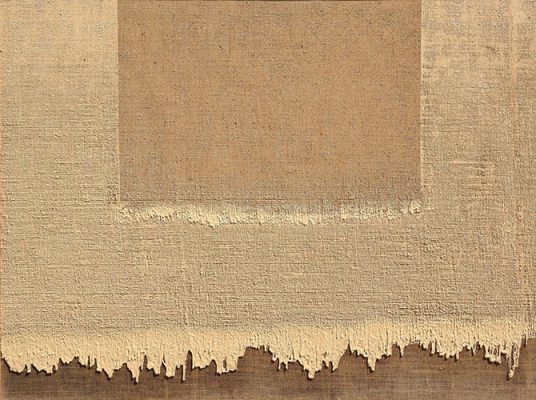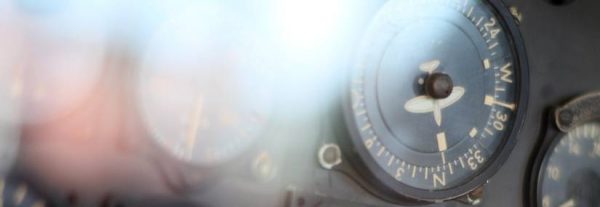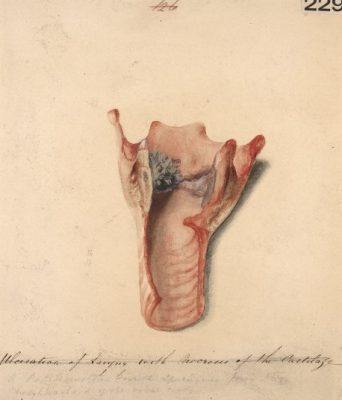AIvan Vladislavi?
— I cannot arrive at a list of ‘essential readings’. Some readers might find it easy, but the list of books I love for one reason or another is too long and varied to make a sensible choice of four. In any event, books change with every reading, and they can lose their appeal or suddenly come to life in new circumstances. I’ve taken a stack of books with me on holiday only to discover that half of them are unreadable at the seaside. I wouldn’t like to find myself under a beach umbrella, clutching a copy of
Labyrinths that I simply can’t read, because you need to be in an armchair, surrounded by bookshelves, to read Borges properly. (I dislike the phrase ‘prescribed reading’ – but that is a different matter.)
Let me take you literally and handpick four books for the desert island. Probably one should pack Robinson Crusoe, which is full of advice on building stockades and so on, but I would rather have Treasure Island. There’s an irrepressible energy in Stevenson’s prose that cheers me up. He speaks to the child in his reader, but he treats that child like an adult. Do you know his wonderful remark that good stories ‘satisfy the nameless longings of the reader, and … obey the ideal laws of the day-dream’? This is far from how I write but close to how I read.
Then I would take something I read recently, Tim Robinson’s Stones of Aran: Pilgrimage. It’s a meticulously detailed account of Árainn, the largest of the three Aran Islands, its geology, history, mythology, shaped by a walk around its rugged coastline. It’s a beautiful book, one that approaches a single place with such loving attentiveness that no reader could come away without a new awareness of their own surroundings. I imagine it would be a very useful guide to desert-island life. Going back to Lionel Abrahams’s idea of the ‘topsoil of memory’, Robinson’s genius is to find this topsoil in every nook and cranny. By examining how every crag and inlet came by its name, for instance, he finds human traces in the landscape and opens it to history. (Robinson wrote a follow-up called Labyrinth, in which he ventures from the shoreline into the interior. Perhaps I should pack that instead?)
My third choice might be Axel Munthe’s The Story of San Michele, which is about his house on Capri, his work as a doctor and anything else he feels like writing about. I’ve been fascinated by this wayward memoir since I first read it as a teenager.
Finally, I’ll defer to Aubrey Tearle, the narrator of The Restless Supermarket, who recommends the Condensed Oxford Dictionary as the perfect desert island reading, not least because it comes with a handy magnifying glass one could use to start a fire. As fans of Survivor know, you can endure almost anything if you have fire, and once your torch goes out you have to leave the tribal council area immediately.




